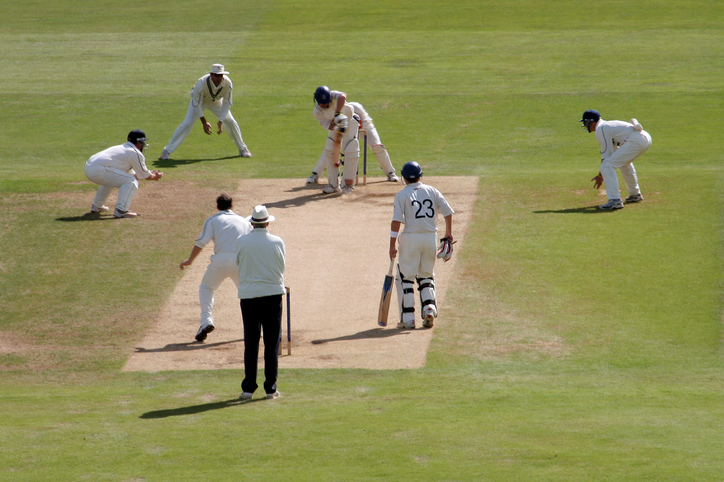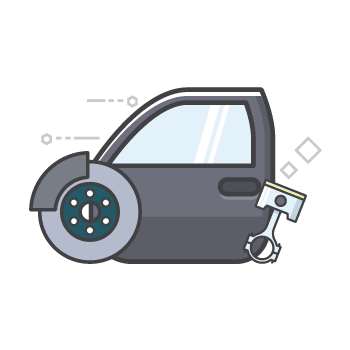A Beginner’s Guide to Cricket
by Karen Rollins May 13, 2019

Cricket is a national obsession in the Caribbean even though the current West Indies side are not quite as good as their 1980s/1990s predecessors.
If you want to know a little bit more about the game and impress people with your ability to tell the difference between a googly and a long hop and short leg from silly mid-off, this brief guide is for you.
—
Cricket is a game between two teams with 11 players and the object is to score more runs than the other side. Two umpires officiate and there is sometimes a third umpire who will look at video replays to come to a decision.
There are three main types of cricket matches – a Test match (which can last up to five days); a One-Day International (which is 50 overs per side); or a 20/20 game (which is 20 overs per side).
Each side gets a turn at bowling and batting, which is called an innings, before swapping over. In a Test match each side usually has two innings.
Batsmen build up their score by running up and down a 22-yard area known as the wicket. Each batsman must stand in his crease with his bat and defend his stumps (three vertical posts with bails on top) from being hit and s/he must hit the ball and run to get a score.
If you’re batting and you hit the ball to the boundary rope that is four runs, if you hit the ball further than the boundary and it lands outside the rope that is six runs (which is the highest score you can get off the bat).
If you are a right-handed batsman, the area to your left is known as the leg side or on side, the area to your right is known as the off side. This is reversed for a left-handed batsman.
A batsman can get out quite a few ways in cricket:
*Caught in the field which is when s/he hits the ball in the air and a fielder catches it.
*Run out – which is when s/he is not quick enough to get down one end of the wicket before the bails are removed.
*Stumped – which is when s/he moves out of his/ her crease and the wicketkeeper removes the bails.
*Leg before wicket (LBW) – which is when the umpire decides that the ball would’ve hit the wicket if the batsman’s leg did not get in the way.
*Bowled – which is when the ball hits the stumps directly and removes the bails.
*A hit wicket decision – which is when the bails are removed by the batsman stepping on the stumps or hitting the ball onto the stumps by accident.

There are three main types of bowlers – a fast bowler, a spin bowler and a medium-paced bowler.
When a side is fielding their bowler will have six bowls / balls in an over before another bowler takes over from the other end. The bowler only bowls more than six balls if he does a no ball during his over which is when he oversteps the line marking for the crease.
Bowlers can send down all different kinds of balls to get a batsman out or entice him / her into a shot which might lead to them getting caught, bowled or run out.
A team’s captain will put his players in the field to stop runs and take catches. There are several fielding positions but some of the most important catching ones are:
*The wicketkeeper – who bends down directly behind or in line with the stumps.
*The slip fielders – who stand alongside the wicket keeper and are usually evenly spaced out (first slip, second slip etc).
*Short leg – who stands right in front of the batsman and is usually used during spin bowling.
If a side scores more runs than the other team they are the winner. If a side is batting second and they catch the first teams score, then they are the winners by however many wickets they still have intact.
A match can be drawn if the teams score the same amount.








